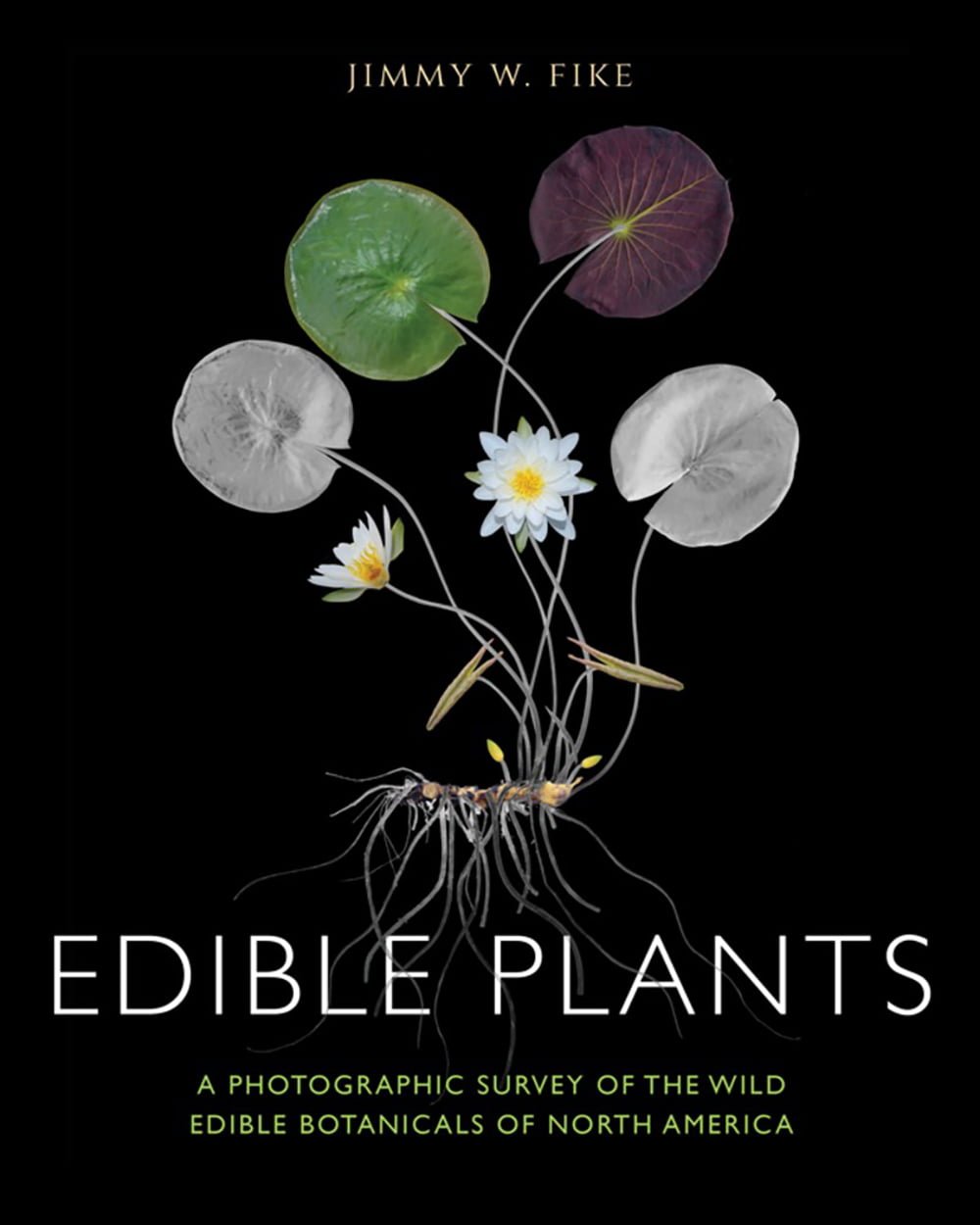Introduction to Edible Plants Photography
In the captivating book Edible Plants, Jimmy W. Fike undertakes the fascinating project of photographing native North American plant specimens. This includes common yet often overlooked plants such as dandelion, rocket, sassafras, spicebush, and pawpaw. Fike’s method involves removing these plants from their natural habitats and photographing them against stark black backdrops. This technique brings out the visual and practical worth of these often-dubbed weeds.

Highlighting Edible Versus Inedible Parts
One of the most striking aspects of Fike’s photographs is his use of color to distinguish between the edible and inedible parts of each plant. The edible sections are meticulously colorized, while the inedible portions remain in a delicate, eerie gray. This contrast not only highlights the plants’ aesthetic beauty but also provides valuable information to budding foragers and naturalists. It is reminiscent of classic horticultural illustrations, yet with a modern twist that breathes new life into the art form.
A Gift for Naturalists
Fike’s work is more than mere scientific documentation; it is painstakingly beautiful art. The book serves as a noteworthy gift for naturalists, horticulturists, and anyone with a keen interest in the natural world. The intricate detailing and clear guidance provided in each photograph may inspire readers to explore foraging, fostering a deeper connection with the environment. The high contrast and vivid detail make each page a masterpiece, worthy of admiration and study.
Conclusion
By bringing attention to the often-dismissed edible plants, Jimmy W. Fike’s Edible Plants harmoniously blends art and education. His photographs transcend simple plant portraits to become cultural artifacts that might well cultivate a renewed interest in the edible treasures of our natural surroundings. Whether as an educational resource or an artistic inspiration, this book is a must-have for any nature enthusiast.


